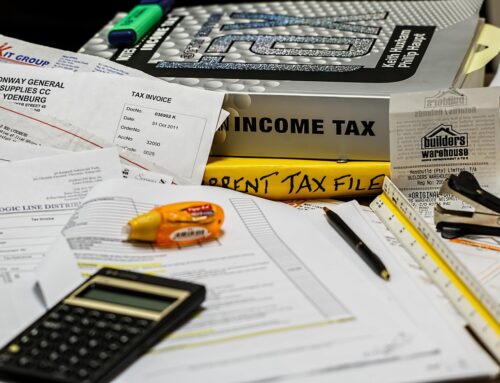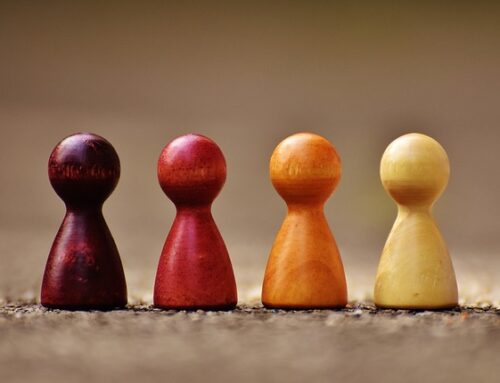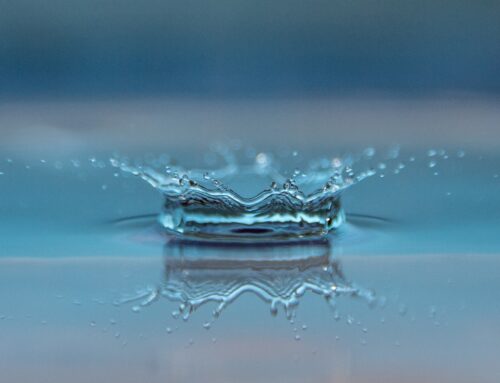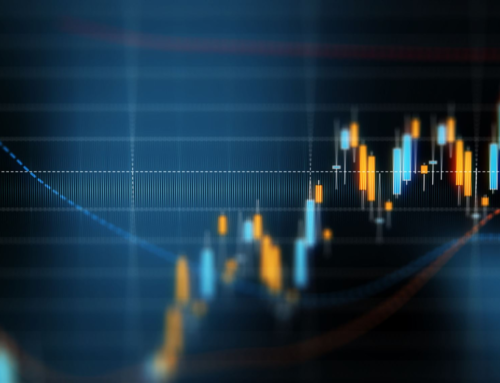Product Design and Product Designer are two trendy terms that are often used without a clear understanding of their meaning. The main problem with both is that because they include the word “design,” they are often associated with aesthetic aspects, leading to many misconceptions.
What is product design?
Let’s start by defining Product Design. I like the definition from the Interaction Design Foundation, which defines Product Design as “the process of combining user needs with business objectives.”
What does a Product Designer do?
The definition of Product Designer is more complicated. It is generally thought that the Product Designer, like the UX designer, “moves pixels on the screen and makes the product pretty.”
In addition, since Product Design is considered the next level of seniority from a UX Sr., the Product Designer becomes a Sr. UX Sr.
This misconception is due in part to:
- The inclusion of “designer” in the title, which leads to the role being associated with aesthetic aspects
- A lack of understanding of what UX is (no, UX is not the new cool name for graphic design)
- High market demand, which leads to the use of “cool” role titles to make the position more attractive
What skills does a Product Designer need?
In contrast to a UX Designer -whose main focus is on the experience, a Product Designer in addition to attending to the experience, also has to incorporate product and business needs in their decision-making process.
Therefore, a Product Designer needs to widen their skillset and develop:
- Product vision
- Business vision
- Critical thinking
- Knowledge of metrics
What is the difference between a Product Designer and a Product Manager?
If the Product Designer needs to incorporate business and product perspectives, then how is Product Design different from Product Management?
To answer this question, we need to take a step back and understand what a product is.
A product is an artifact that creates value for the user with a positive impact on the business (link to the article what is a product).
Mitch Clements, in his excellent article “Value before usability” introduces a the idea of “primary” and “secondary” ownership which help to understand the difference between both roles.
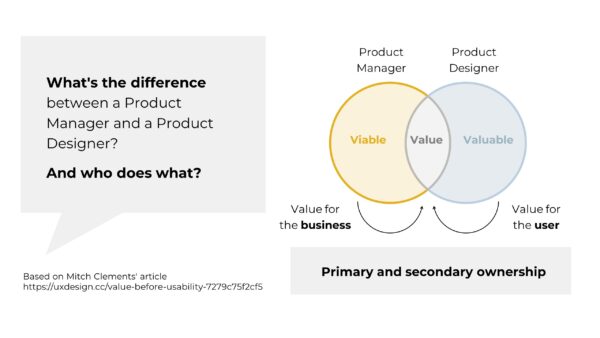
While both focus on creating value, the Product Manager has a primary focus on business value, while the Product Designer has a primary focus on user value.
But since the purpose of a product is to create value for the user with a positive impact on the business and both functions do not work (or should not work) in isolation, the idea of secondary ownership comes into play.
Thus, while the Product Manager’s primary responsibility is business value, they still have secondary responsibility over user value. Similarly while the Product Designer has primary responsibility over user value, they still have secondary responsibility over business value.
In summary…
- Product Design is “the process of combining user needs with business objectives.” In other words, it has nothing to do with visually designing a product.
- The Product Designer is not a UXer with more experience, but rather has a broader perspective because in addition to considering aspects of the experience, they also consider aspects of the business and the product.
- And to do that, they must add critical skills to their profile: business vision, product vision, metrics, and critical thinking to provide effective and impactful solutions.
I hope this helps to clarify the concepts of Product Design and Product Designer and to dispel some of the misconceptions that surround them.
Product Design and Product Designer are two trendy terms that are often used without a clear understanding of their meaning. The main problem with both is that because they include the word “design,” they are often associated with aesthetic aspects, leading to many misconceptions.
What is product design?
Let’s start by defining Product Design. I like the definition from the Interaction Design Foundation, which defines Product Design as “the process of combining user needs with business objectives.”
What does a Product Designer do?
The definition of Product Designer is more complicated. It is generally thought that the Product Designer, like the UX designer, “moves pixels on the screen and makes the product pretty.”
In addition, since Product Design is considered the next level of seniority from a UX Sr., the Product Designer becomes a Sr. UX Sr.
This misconception is due in part to:
- The inclusion of “designer” in the title, which leads to the role being associated with aesthetic aspects
- A lack of understanding of what UX is (no, UX is not the new cool name for graphic design)
- High market demand, which leads to the use of “cool” role titles to make the position more attractive
What skills does a Product Designer need?
In contrast to a UX Designer -whose main focus is on the experience, a Product Designer in addition to attending to the experience, also has to incorporate product and business needs in their decision-making process.
Therefore, a Product Designer needs to widen their skillset and develop:
- Product vision
- Business vision
- Critical thinking
- Knowledge of metrics
What is the difference between a Product Designer and a Product Manager?
If the Product Designer needs to incorporate business and product perspectives, then how is Product Design different from Product Management?
To answer this question, we need to take a step back and understand what a product is.
A product is an artifact that creates value for the user with a positive impact on the business (link to the article what is a product).
Mitch Clements, in his excellent article “Value before usability” introduces a the idea of “primary” and “secondary” ownership which help to understand the difference between both roles.

While both focus on creating value, the Product Manager has a primary focus on business value, while the Product Designer has a primary focus on user value.
But since the purpose of a product is to create value for the user with a positive impact on the business and both functions do not work (or should not work) in isolation, the idea of secondary ownership comes into play.
Thus, while the Product Manager’s primary responsibility is business value, they still have secondary responsibility over user value. Similarly while the Product Designer has primary responsibility over user value, they still have secondary responsibility over business value.
In summary…
- Product Design is “the process of combining user needs with business objectives.” In other words, it has nothing to do with visually designing a product.
- The Product Designer is not a UXer with more experience, but rather has a broader perspective because in addition to considering aspects of the experience, they also consider aspects of the business and the product.
- And to do that, they must add critical skills to their profile: business vision, product vision, metrics, and critical thinking to provide effective and impactful solutions.
I hope this helps to clarify the concepts of Product Design and Product Designer and to dispel some of the misconceptions that surround them.
